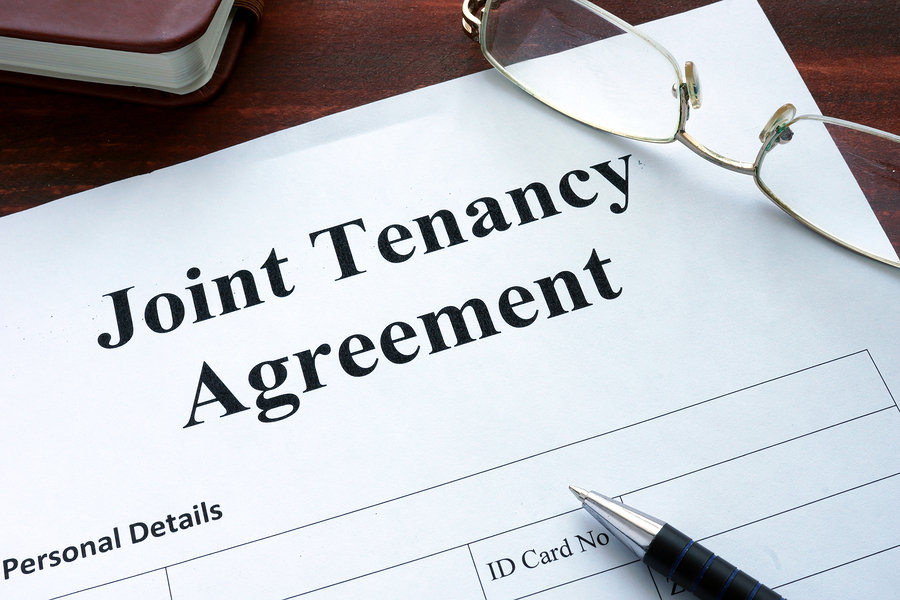|
WHAT IS A SMALL ESTATE AFFIDAVIT?
If the estate consists solely of personal property (for example a bank account) and the gross value is under $166,250, you could complete an Affidavit (or Declaration) for Collection or Transfer of Personal Property under Probate Code §13100. This is a form that one can print out and fill out themselves. This is not a court procedure. It must be at least 40 days since the date of death. This cannot be used to transfer real property (land or buildings). All persons entitled to receive assets must sign the affidavit and the signatures must be notarized. This form can then be presented to banks, lenders, social media companies, etc., in order to prove your ownership of the asset or account. WHO CAN APPLY FOR SMALL ESTATE AFFIDAVIT? There are quite a few successors that can file for a small estate affidavit, but they must be somehow related to the decedent in order to claim a particular item. Specifically, for example a close friend, roommate, or a fiancée cannot apply for a small estate affidavit as they don't have standing under the statute. 13101 permits a “successor of the decedent (as defined in Section 13006 of the California Probate Code) to the decedent’s interest in the described property” to file the small estate affidavit or someone permitted to file on behalf of a decedent under 13051. 13006 states that either persons under a will or trust or any successors as defined by sections 6401 or 6402 can apply. 6401 defines provisions of decedent’s share if decedent had a surviving spouse and 6402 defines the whole lineage which to follow to determine if there is a successor, which includes children, parents, grandparents, uncles, children of pre-deceased spouse, next of kin, parents of a pre-deceased spouse. AFFIDAVIT RE REAL PROPERTY OF SMALL VALUE If the estate consists of real property worth $20,000 or less, you can complete an Affidavit re Real Property of Small Value. This typically applies to non-developed land-ownership as the value cap is very low. The affidavit may be filed six months after death in the county of residence. If the decedent was a non-resident of California, the affidavit may be filed in the county where the property is located. This is filed with the court; however, there is no hearing set. Contact our attorneys to make an appointment if you have further questions. 1. Do I have anything written down anywhere that outlines WHO will take care of my kids in case something happens to me?
I have clients that have nothing written down anywhere, and they are just “hoping” and relying on the good spirits of their relatives or friends that someone will step in. While we rely on informal associations, this is not how authorities work. They need documentation to prove that you are the proper guardian and are often prohibited from doing anything until this paperwork is produced. I also have clients that have something written down “somewhere” but turns out its not signed or notarized. The legal effect of this paper is the same as not having anything at all. Estate planning clients are often surprised to find that the title to the property that they thought they own, is actually a joint title, or some other form of ownership with another person. What does this mean and how does that impact your control over this property?
Title refers to a document that lists the legal owner of a piece of real property, which includes the land, the construction on it, and the rights to use it. When transferred title must be cleared. Clearing a title for real property means determining that it is free of liens or encumbrances that could pose a threat to its ownership. The most common types of real estate title are sole ownership, joint tenancy, tenancy in common, and community property. As part of an ongoing effort to continue to create value for the people and communities around me, I wanted to summarize estate planning basics in the simplest language possible, to explain what an estate plan is and why is it important to have one.
WHAT IS AN ESTATE PLAN? A set of legally binding, signed, witnessed, and notarized documents that provide instructions to your personally selected and trusted individuals on what to do with your personal possessions, real properties, bank accounts, investments, pets, social media accounts, cars, etc., and what medical decisions to make on your behalf, in case you are hospitalized, incapacitated, or pass away. WHAT DOCUMENTS ARE PART OF A TYPICAL ESTATE PLAN? Four major documents generally form a modern estate plan. |
Location |
Contact Us |




